
OR
17 years after Comprehensive Peace Accord, conflict survivors still yearning for justice
Published On: November 20, 2023 08:30 AM NPT By: RSS
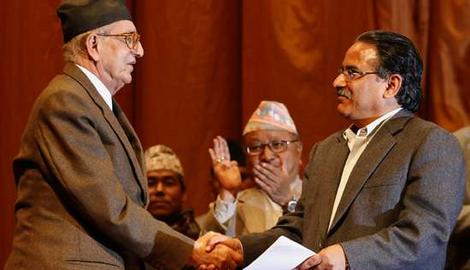
KATHMANDU, Nov 20: It has been 17 years since the signing of the Comprehensive Peace Accord (CPA) between the Government of Nepal and the then CPN (Maoist) rebels, bringing an end to the decade-long armed conflict in the country.
The then Prime Minister Girija Prasad Koirala and Maoist Chairman Pushpa Kamal Dahal came together to sign this historic agreement, officially declaring the end of the armed conflict on November 21, 2005. This significant milestone was achieved soon after a cease-fire was declared on November 8 following an agreement between the seven political parties and the Maoists.
When the then Home Minister Krishna Prasad Sitaula declared, "We hereby announce an end to the armed conflict that has been in place since 2052 BS," while reading the full text of the accord, it was met with thunderous applause at the New Baneshwar-based Birendra International Convention Centre (now International Convention Centre). The whole nation became euphoric with the signing of the CPA, which raised hopes among the people for sustainable peace, political stability and development.
The agreement specifically emphasized the need for an inclusive, democratic, and progressive restructuring of the nation, bringing an end to the state's centralized governance system. It set the course for building a new Nepal through the Constituent Assembly (CA) elections.
On the occasion, the then Prime Minister Koirala said the CPA between the government and the Maoist paved a way for building a new Nepal. According to Koirala, the CPA served as a milestone for the beginning of a new episode in history through the politics of reconciliation. “It has put an end to the politics of violence prevalent in the country since the past 11 years,” said Koirala.
Commenting over the historic achievement, Koirala said, "We, today, have set an example on the global stage by resolving the conflict on our own."
Maoist Chairman Dahal commented that the signing of the peace agreement marked the realization of people's efforts to build a new Nepal since 1950. "This is a victory of those who wish for Nepal's progress and a defeat of those favoring the status quo. The big powers and those arrogant nations are surprised by this success of the Nepali people."
The establishment of peace, along with provisions for relief, rehabilitation and repatriation of the conflict survivors by normalizing the situation through the formation of a specific commission was a crucial aspect of the Accord. Around 17,000 citizens were killed by the state and the rebels during the decade-long armed conflict.
Though it was agreed to make public the personal details of those who were forcefully disappeared by both sides and make such details available to the respective families within 60 days of the signing of the peace agreement, the issue still remains unresolved.
Though the Truth and Reconciliation Commission (TRC) and the Commission of Inquiry on Enforced Disappeared Persons (CIEDP) were formed to deal with the cases of transitional justice, the achievements so far have been deemed unsatisfactory.
Although both sides to the agreement expressed their commitment to repatriate those displaced from their homes during the armed conflict to their ancestral places or places of their former residence voluntarily and without any political prejudice, to reconstruct the infrastructures destroyed due to the fighting and to rehabilitate and socialize the displaced persons in a dignified way, these works have not been carried out formally.
The then rebel side took the reins of the government three times and participated in coalition governments eight times in this period of around 20 years.
The conflict-affected families and other members of their families not directly involved in the conflict are still languishing in pain. Even the declaration made in the peace accord, that the right of the conflict-affected, torture victims and the families of those disappeared to get relief would be guaranteed, has not become a reality.
Welcoming the CPA, even the international community and Nepal's neighbours had remarked that the Accord reflected the strong desire of Nepali people for peace and stability by ending the politics and culture of violence.
Birendra Prasad Mishra, who was the coordinator of the then Ceasefire Code of Conduct Monitoring Committee, said the CPA has so far been limited to the management of the Maoist combatants only, but has not been focused on alleviating the pain of innocent people not related to the armed conflict and the conflict-affected general public.
"Even at present, the concerns of the innocent people and those killed in the conflict have not received due attention," Mishra said.
There were three forces comprising the king, parliamentary parties and the Maoist party at that time. The political developments after that produced a triangular power balance in the country which thereafter pitted the king on one side and the Maoist together with the seven political parties on the other side.
The Second People's Movement took place after the signing of the 12-point agreement between the alliance of seven political parties and the Maoist on 22 November 2005. After the success of this movement, the king reinstated the parliament which he had dissolved.
The peace process was initiated with a ceasefire agreement. The code of conduct monitoring mechanism was formed after the talks teams were constituted, which led to the signing of the CPA. The interest of both sides was to protect their own interests. The result of this was that the Constituent Assembly elections had to be held twice. Finally, a new constitution was promulgated by the second Constituent Assembly on 20 September 2015. The Maoist party formed the government or became part of the coalition governments frequently.
The Truth and Reconciliation Commission (TRC) and the Commission of Inquiry on Enforced Disappeared Persons (CIEDP) have still not been able to carry out their works. They were not given the full power to carry out their works independently.
"The government and the Maoists both want general amnesty. It is due to this mentality that transitional justice has not concluded even after 17 years of the CPA. The families of those killed in the course of the conflict should be properly addressed," the conflict resolution expert Mishra said, adding that the families who lost their guardians and children to the conflict are still yearning for justice.
According to him, the country has transformed into a federal republic and the political parties that brought this change have run the government turn by turn, but the main issue is that of the families of the innocent conflict victims which has not been addressed.
Mishra said that Nepal's peace process is like an orphan without any custodian. The peace process, he said, is in a state of confusion as the political parties gave priority only to forming and toppling the governments.
"Nobody should carry out works to invite conflict and disturb the peace again. If the government and the political parties want, the problem can be resolved in one minute, but what is needed for this is strong courage and commitment," Mishra reiterated.
You May Like This
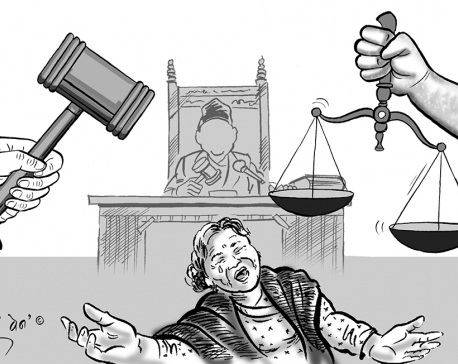
Conflict victims seek meeting with UN Secretary-General Guterres
KATHMANDU, Oct 30: Victims of Nepal's decade-long armed conflict have called for a meeting with UN Secretary-General Antonio Guterres during... Read More...

Quake victims demand inclusion of genuine victims for grants
KATHMANDU, Dec 3: Earthquake victims eligible for housing grants themselves have halted the grant signing agreement process in many places of... Read More...
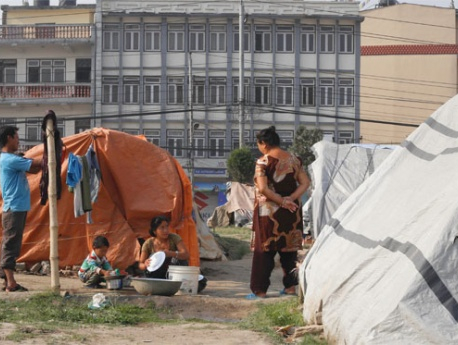
Fundamental human rights of quake victims at risk: NHRC
KATHMANDU, June 19: The National Human Rights Commission (NHRC) has made public a report stating that the fundamental human right... Read More...
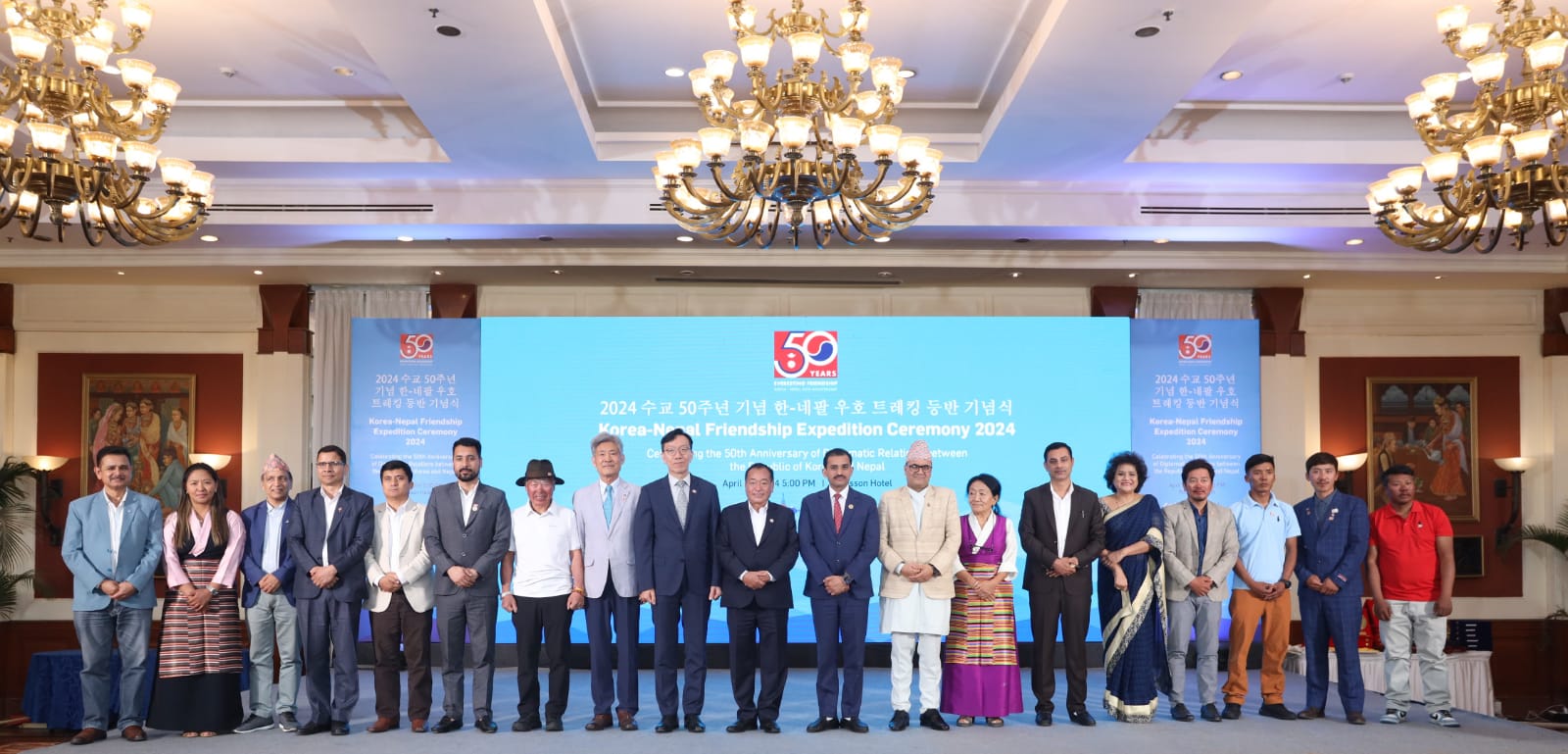
Just In
- Gandaki Province reports cases of forest fire at 467 locations
- Home ministry introduces online pass system to enter Singha Durbar
- MoLESS launches ‘Shramadhan Call Center’ to promptly address labor and employment issues
- Biratnagar High Court orders Krishna Das Giri to appear before court within one month in disciple rape case
- Ilam by-election update: UML candidate Suhang maintains lead
- Korean embassy and NTB jointly commemorate 50th anniversary of Korea-Nepal diplomatic relations
- SC administration files contempt of court case against SidhaKura
- Second day of Nepal Investment Summit to feature diverse discussions









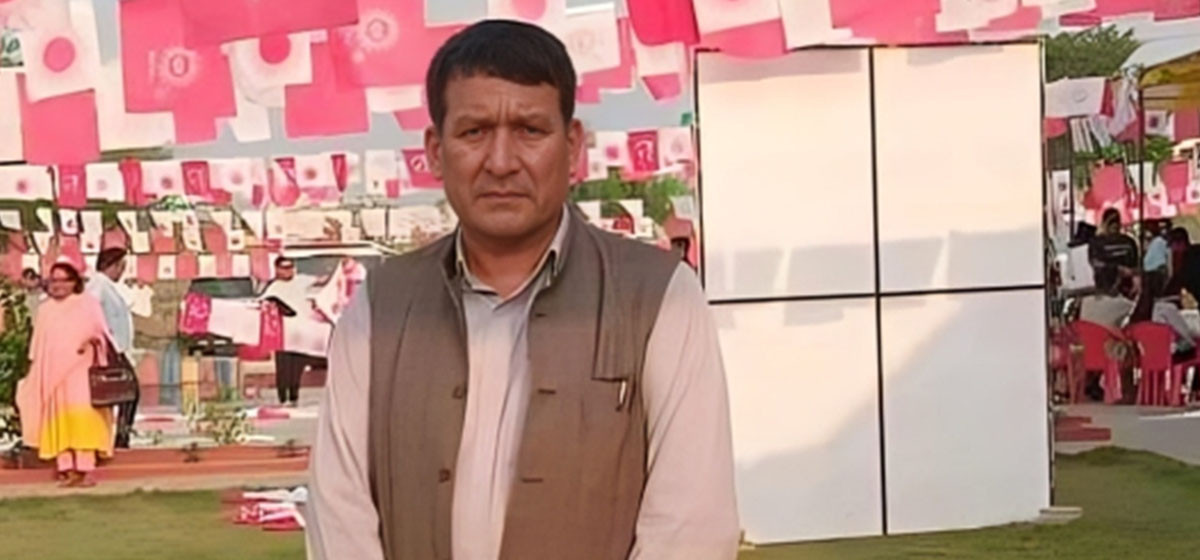
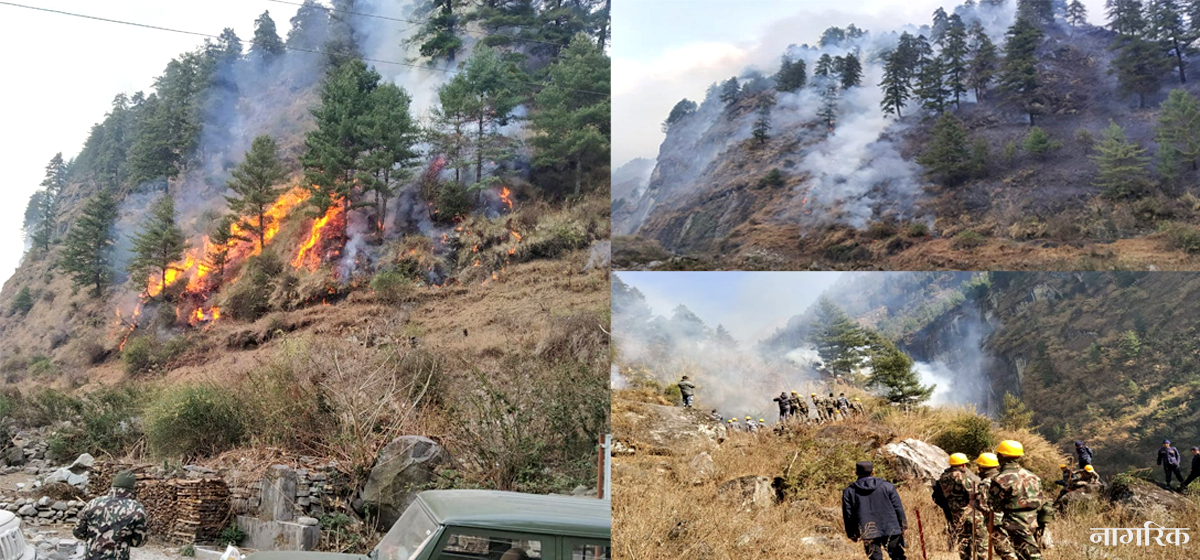

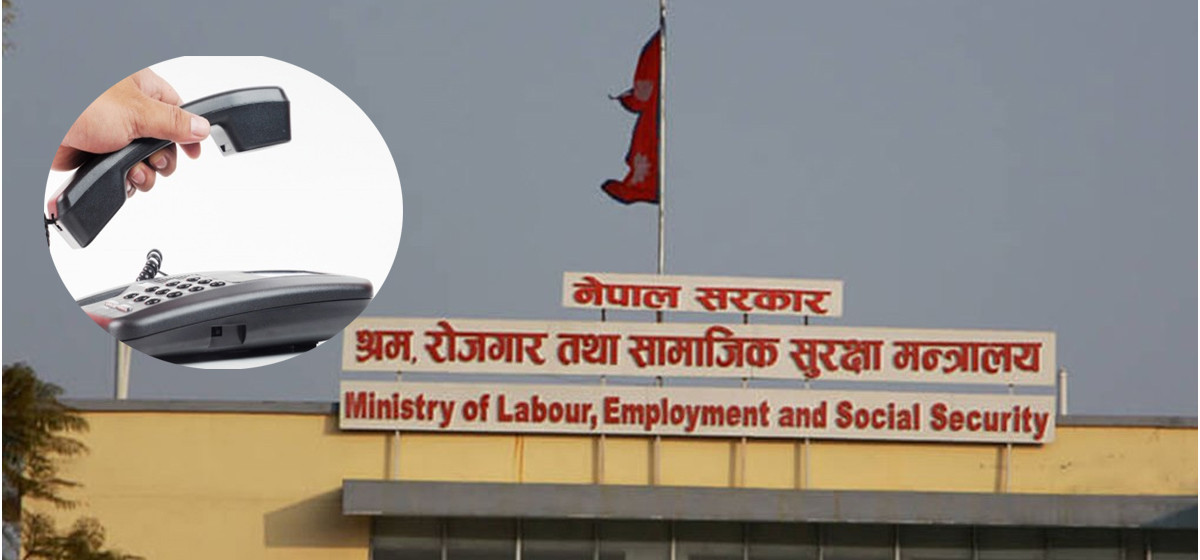
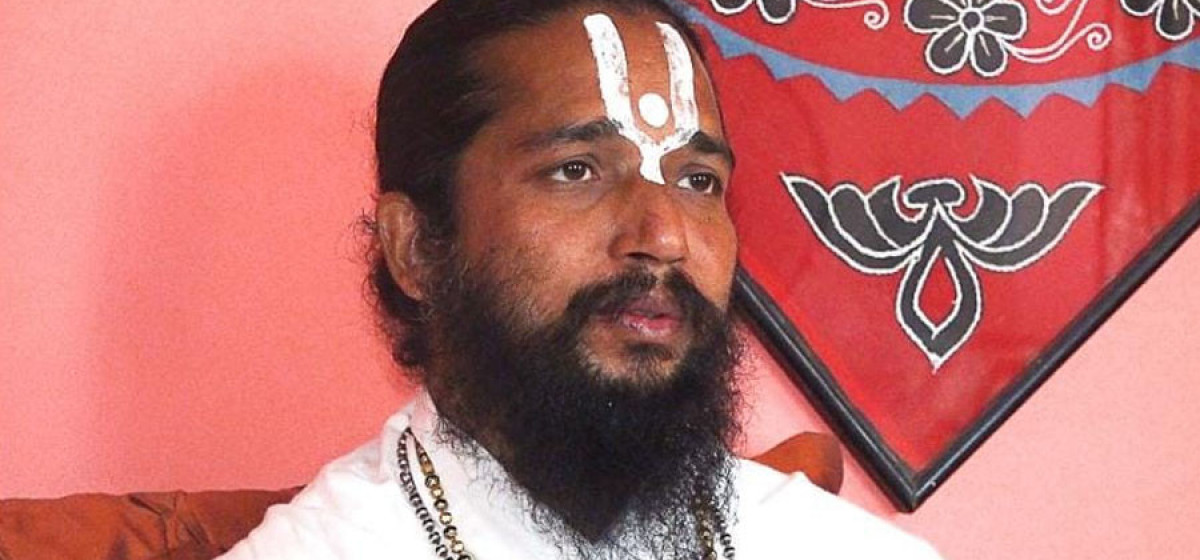

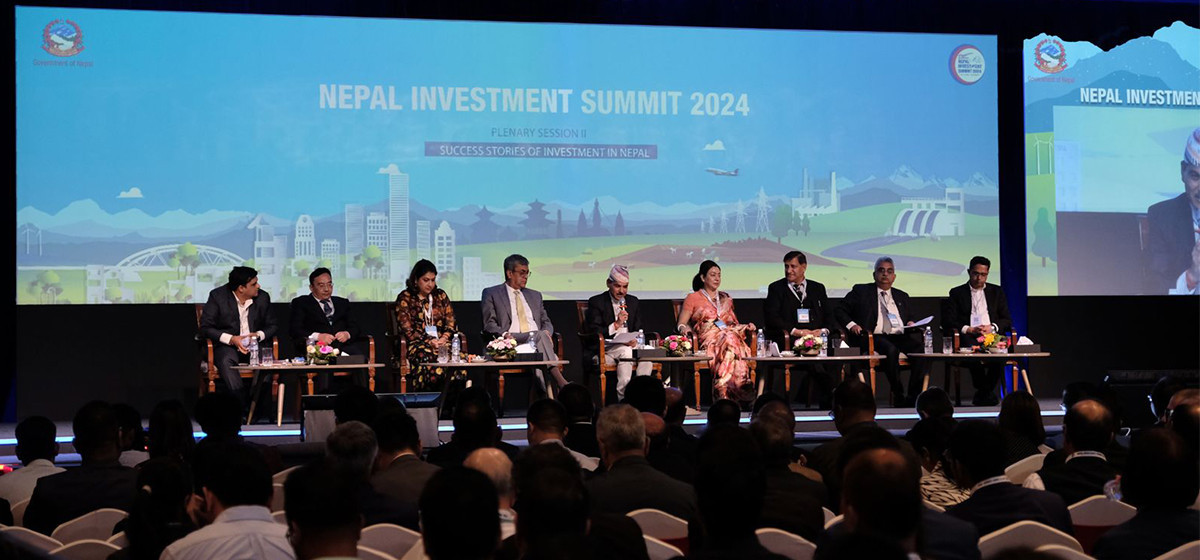
Leave A Comment